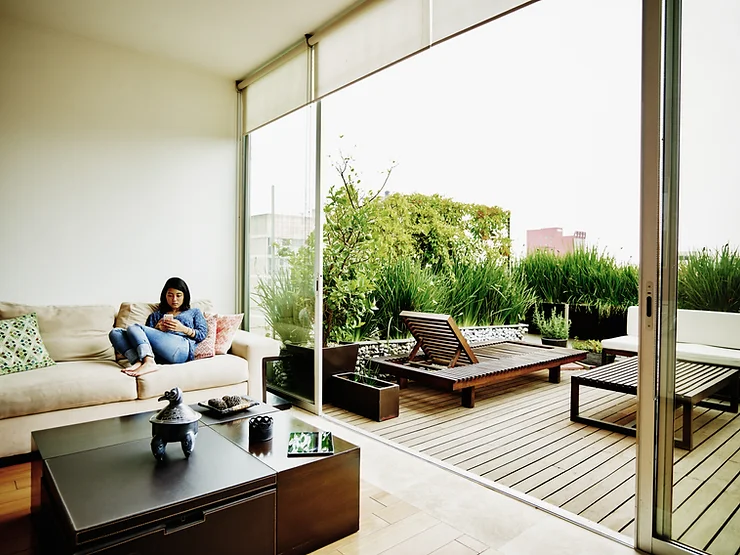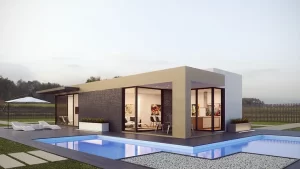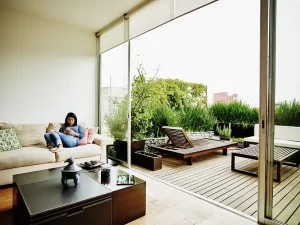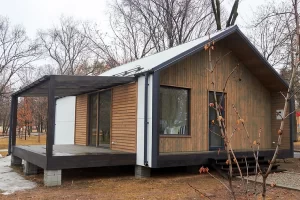As we look for solutions to address climate change, we often overlook an industry that has been making strides in eco-friendliness: manufactured housing. Despite proven benefits to the environment, modular homes still suffer from negative stigma in housing markets and planning policies. This blog post aims to explore how modern manufactured homes can help address climate change and why they deserve more respect.
What is a Manufactured Home?
A manufactured home, also known as modular or prefabricated homes, is built offsite in a controlled environment and transported to a permanent location. They meet the same building codes and standards as traditional homes and can range from small studio apartments to large family homes. Modern technology allows for custom designs, high-quality materials, and energy-efficient features.
Eco-Friendly Advantages
One of the biggest advantages of manufactured homes is their eco-friendliness. The controlled building environment allows for better insulation, sealing, and air exchange, which results in less energy consumption and carbon emissions. Most new modular homes now feature Energy Star-certified appliances, low-flow fixtures, and LED lighting. Additionally, many manufacturers use sustainable materials, such as bamboo flooring, recycled steel, and low-VOC paints. Overall, the eco-friendliness of manufactured homes can contribute to a reduction in greenhouse gas emissions.
Negative Stigma
Despite their eco-friendliness and affordability, manufactured homes still suffer from negative stigma. Many people associate them with low-income communities and poor quality construction. This image is often perpetuated by zoning policies that restrict their placement in rural and suburban areas. However, this is an outdated perception, as modern manufactured homes have come a long way in design and quality. It is crucial that we change this negative narrative and recognize their potential as a viable housing option.
Policy Changes
To fully realize the potential of manufactured homes in addressing climate change, we need to see changes in housing regulations and policies. Local and state governments should incentivize the construction and placement of manufactured homes in both rural and urban areas. Additionally, planning policies should be relaxed to allow for their construction in mixed-income communities and closer proximity to transportation hubs. By doing so, we can reduce transportation emissions and promote more sustainable living.
Conclusion:
Manufactured homes have come a long way in terms of design, quality, and eco-friendliness. Despite the negative stigma attached to this housing option, they have the potential to address climate change and provide affordable housing for millions. As we look for solutions to reduce greenhouse gas emissions and transition to more sustainable living, it’s crucial that we recognize the value of manufactured homes and incentivize their production and placement. Together, we can create a more sustainable and equitable housing market that benefits everyone.




